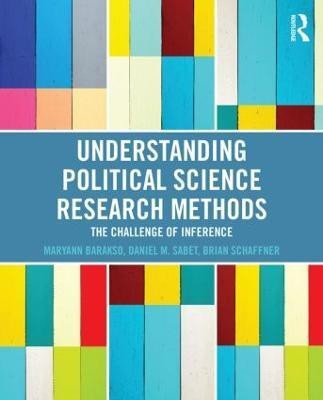Understanding Political Science Research Methods(English, Paperback, Barakso Maryann)
Quick Overview
Product Price Comparison
This text starts by explaining the fundamental goal of good political science research-the ability to answer interesting and important questions by generating valid inferences about political phenomena. Before the text even discusses the process of developing a research question, the authors introduce the reader to what it means to make an inference and the different challenges that social scientists face when confronting this task. Only with this ultimate goal in mind will students be able to ask appropriate questions, conduct fruitful literature reviews, select and execute the proper research design, and critically evaluate the work of others. The authors' primary goal is to teach students to critically evaluate their own research designs and others' and analyze the extent to which they overcome the classic challenges to making inference: internal and external validity concerns, omitted variable bias, endogeneity, measurement, sampling, and case selection errors, and poor research questions or theory. As such, students will not only be better able to conduct political science research, but they will also be more savvy consumers of the constant flow of causal assertions that they confront in scholarship, in the media, and in conversations with others. Three themes run through Barakso, Sabet, and Schaffner's text: minimizing classic research problems to making valid inferences, effective presentation of research results, and the nonlinear nature of the research process. Throughout their academic years and later in their professional careers, students will need to effectively convey various bits of information. Presentation skills gleaned from this text will benefit students for a lifetime, whether they continue in academia or in a professional career. Several distinctive features make this book noteworthy: A common set of examples threaded throughout the text give students a common ground across chapters and expose them to a broad range of subfields in the discipline. Box features throughout the book illustrate the nonlinear, "non-textbook" reality of research, demonstrate the often false inferences and poor social science in the way the popular press covers politics, and encourage students to think about ethical issues at various stages of the research process.


